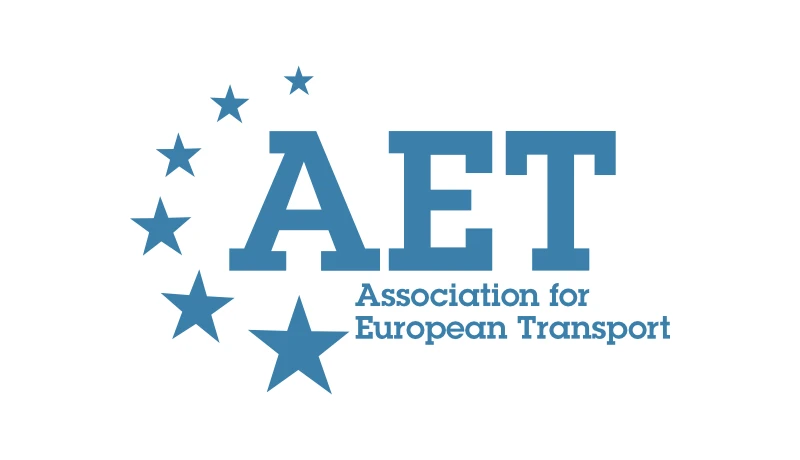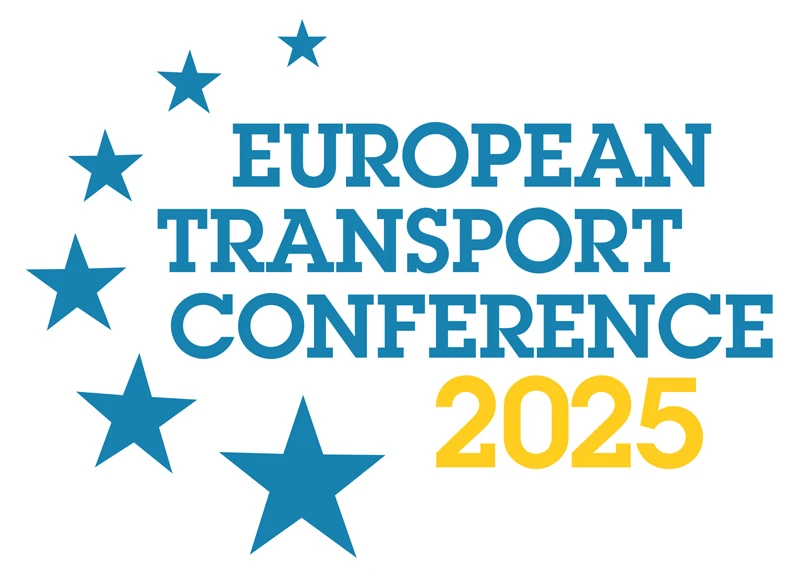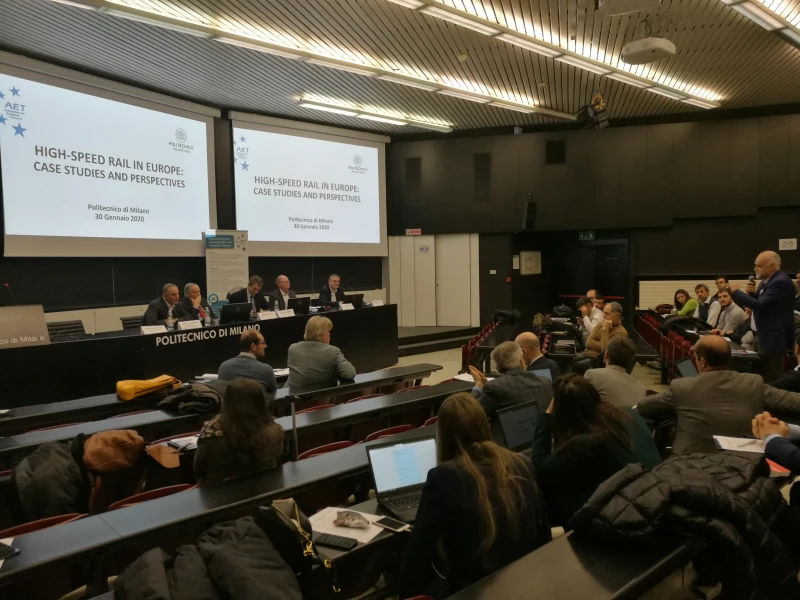-
Past ETC Papers
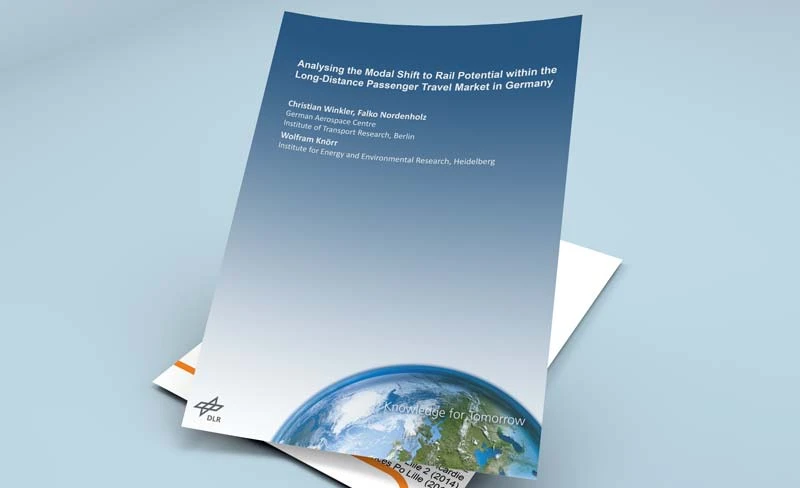
Browse, search and view papers from the past AET Conferences.
-
Members' Area

AET promotes networking and exchange of ideas, information and opportunities amongst members.
Conference Papers 2016
Barcelona, Spain
ETC Conference Papers 2016
Train and bus commuting in Polish metropolitan areas: complementary or separate services?
Seminar
Day 2 (6 Oct 2016), Session 4, Modal Choice, 09:00 - 11:00
Status
Accepted, documents submitted
Submitted by / Abstract owner
Karol Kowalczyk
Authors
Karol Kowalczyk, Maria Curie-Sklodowska University (Lublin) - Faculty of Earth Sciences and Spatial Management, Piotr Rosik, Institute of Geography and Spatial Organization Polish Academy of Sciences (Warsaw)
Short abstract
A role of trains in commuting versus bus service in ten Polish metropolitan areas. Key aspects: train and bus timetable synchronisation at suburban interchange stations, and travel time competitiveness of the trains connecting suburbs with the cores.
Abstract
The aim of this article is to spatially examine a contemporary role of passenger railway transport versus bus service in commuting from the suburbs to the cores of ten Polish metropolitan areas. The authors seek to verify where these two public commuting services operate complementarily – in multimodal systems, and where each mode works separately. For over one decade of the membership in the European Union daily mobility of Polish people has increased, along with urban sprawl processes, and the private motorization index has rapidly grown. The biggest core cities like: Warsaw, Cracow, Lodz, Wroclaw, Poznan, Gdansk, Szczecin, Bydgoszcz, Lublin, and Katowice every day have to struggle with traffic congestions. Commuting service with a key role of railway transport seems to be the most desirable way increasing efficiency of urban transportation systems. Since 2004 the railway sector in Poland has been gradually transformed and strongly subsidised, however, due to infrastructural neglects of the 1990s some positive results of many recent investments are less observable than those for the road sector. Current possibilities of commuting by train, as well as suburban conditions for a multimodal travel, vary between and within space of ten mentioned metropolitan areas which depends on the infrastructural development level and several organisational aspects. This paper discusses in particular the second – organisational factor by analysing two problems: 1. A timetable reasonableness of the passenger bus carriers operating in connection with the selected suburban interchange railway stations; 2. Time competitiveness of the railway service in the section suburbs-core. A measurement of a contemporary rate of multimodal traffic synchronisation, and a rate of train travel time competitiveness, was taken at the points situated along the rail lines leading to the selected core cities. Over 140 interchange stations were investigated that are located in significant suburban towns and villages. A maximum distance between railway station and the nearest bus stop which can be acceptable for a multimodal traveller was specified as 300 metres. The research data comes from the electronic rail timetable “HAFAS”, the bus timetable website “e-podroznik.pl”, and a supplementary field work carried out by the authors in years 2014-2015. A result of the first analysis is the timetable synchronisation index calculated according to train arrivals and bus departures during the afternoon peak hours. The primarily analysed type of bus service considers only directions which are reasonable in the point of a typical multimodal commuting: the connections that lead to the municipalities neighbouring the location of designated interchange station, with exclusion of those heading to the areas, that have an access to another railway station. Whereas the travel time of direct bus services from selected suburban points to the core cities, along with the travel time of simultaneous train services, constitute the basis for calculation of the second index of train travel time competitiveness. Geographic information system software (ArcGIS) was an important research tool used in both analyses. It allowed to prepare digital layers of rail and road networks for each examined area, as well as point layers featuring all locations of the railway stations and the bus stops. Several spatial calculations there were made, for example distance measurements. The ArcGIS software was used also as a cartographic tool to visualise the values of two resulting indicators. The research exposed an insufficiency of the synchronisation at many measurement points, in spite of relatively high level of the train travel time competitiveness. Actually a few real multimodal nodes were identified. Commuter rail in the examined areas especially serves the passengers who live within a walking distance from the suburban stations, or those who use their private cars and bicycles to access the stations. A partial enhancement of the synchronisation index occurs along with an increase of a distance from the core city. However, separation of the public commuting services seems to be more common than complementarity. The paper has been written on the basis of the research project “Multimodal accessibility by public transport at the gmina level in Poland”, that was funded by the National Science Centre, granted upon the decision no. DEC-2012/05/E/HS4/01798.
Documents:

Association For
European Transport
Forester House
Doctors Lane
Henley-in-Arden
Warwickshire, UK
B95 5AW
+44 (0) 15 64 793552
VAT number: 710 1866 64
Conference Supporters & Endorsers

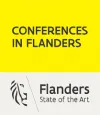


Legal Entity
The Association for European Transport is registered as an Association ('vereniging') with the Chamber of Commerce for Haaglanden in The Netherlands under company number 27170096.
Built on Zenario

